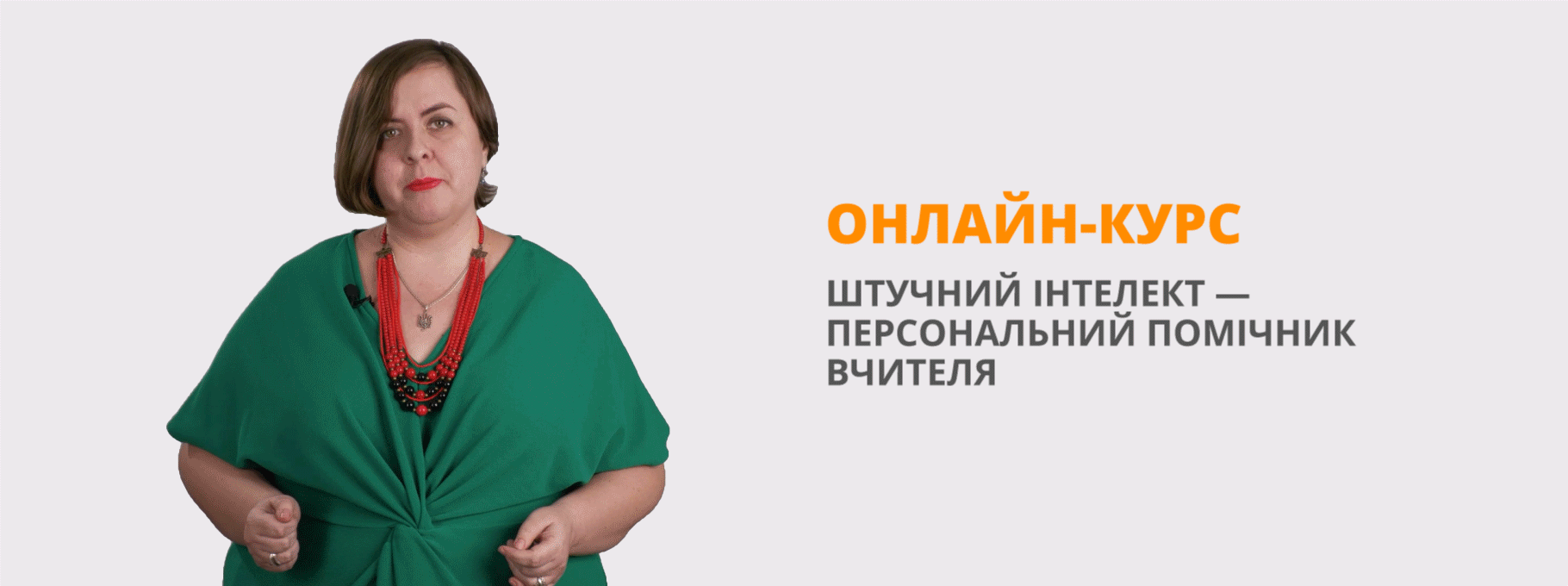Instructional Strategies in School 'Positive Climate in a Classroom'.
Змістовний мастер - класс допоможе знайти відповіді на питання - Як мотивувати дітей?, Що робити щоб їм допомогти? Матеріал підібрано відповідно до сучасної тенденції запровадження диференційованого навчання та інклюзивної освіти, враховуючи потреби, вміння та інтереси кожної дитини у класі.
Positive Climate for Learning
Teachers can adapt and use the instructional strategies according to the age/ skills/ knowledge background and interests of pupils.
What is different in school divisions:
- Age appropriate classroom design and environment;
- Planning of learning objectives(curriculum plan) ;
- Provide the amount and the context of information and tasks(primary school – images, flashcards, video cartoons / secondary schools - schemas, podcasts, exploring work and the result of it);
- Teacher’s role(primary school – mentor and support, teach how to collaborate, communicate, basic skills, / secondary school 5-8 – control, work together teacher-pupils/pupils-pupils, develop basic skills/ 9-11 support and develop individual specific skills needed in a future profession); (teacher’s support in pair work / groups work or individual division of work);
- Assessment ( primary school – teacher monitor the knowledge / secondary school – pupils self-monitor their learning);
- Types of strategies and theories in teaching.
What can a teacher provide in the classroom :
Use different theories in teaching (http://www.g-w.com/pdf/sampchap/9781590708132_ch04.pdf )
Support real-life situational learning;
Provide positive climate in a classroom;
Support cultural background and awareness;
Support teacher – child –parents connection;
Support the development of key skills ( digital citizenship, critical thinking, globalisation, collaboration, time management) . See more key skills http://reddingschools.net/wp-content/uploads/2015/07/APPLY-Skills-and-Techniques.pdf
List of strategies to extend critical thinking skills:
Direct Instruction.
Indirect Instruction.
Experiential Learning.
Independent study.
Interactive instruction
Here you can see the advantages and disadvantages of the strategies https://blog.udemy.com/instructional-strategies/
Steps to engage pupils:
-Organise learning environment (https://www.youtube.com/watch?v=GtF8EeJMtPU) ;
-Learn pupils’ needs and interests(https://www.scholastic.com/teachers/collections/teaching-content/addressing-students39individual-learning-needs/) ;
- Learn and help to use their awareness;
-Collaborate with colleagues and ask for help ( if there is a need or use pedagogical blogs). See this informative resource https://carolread.wordpress.com
-Learn pupils how to implement technologies( learning platforms) into studying process ;
- Use differentiated materials, instructions and different theories in learning and teaching process;
-Support connection with parents.


про публікацію авторської розробки
Додати розробку
